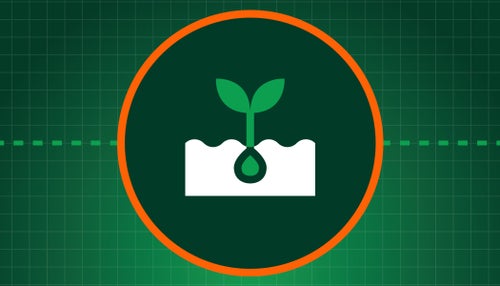
If you aren't flagging plants for emergence, you don't truly know.
When was the last time you evaluated your emergence? How did you do it? It's important as you evaluate your emergence that you have a way to follow the plants throughout the season to track their progress. Flagging your emergence evaluation counts with clearly identifiable markers makes it easy to continue evaluating Day 1* emergers and any late emergers all season long.
Late emerging plants will be at a different growth stage throughout the season and this means that they will handle the varied conditions of a growing season differently than the other plants emerging on Day 1. Post-emergence frosts, fertilizer and fungicide applications, low moisture conditions, and insect pressure are just some of the challenges and changes that may face your crop throughout the season. Each of these events is an opportunity to see the difference in how late-emerging plants react to changes in their environment.
Emergence flagging is a simple way to get out into the field to evaluate emergence as well as follow the impact throughout the season before harvest. Emergence flagging can be done on many crops including soybeans, canola, corn, cotton, peanuts, sugarbeets, and sunflowers.
*Day 1, Day 2, Day 3, and Day 4 refer to the corresponding days that plants emerge from the soil, NOT days after planting.

So, what causes it?
Now that you know you have uneven emergence. What is causing it and how can you fix it?



